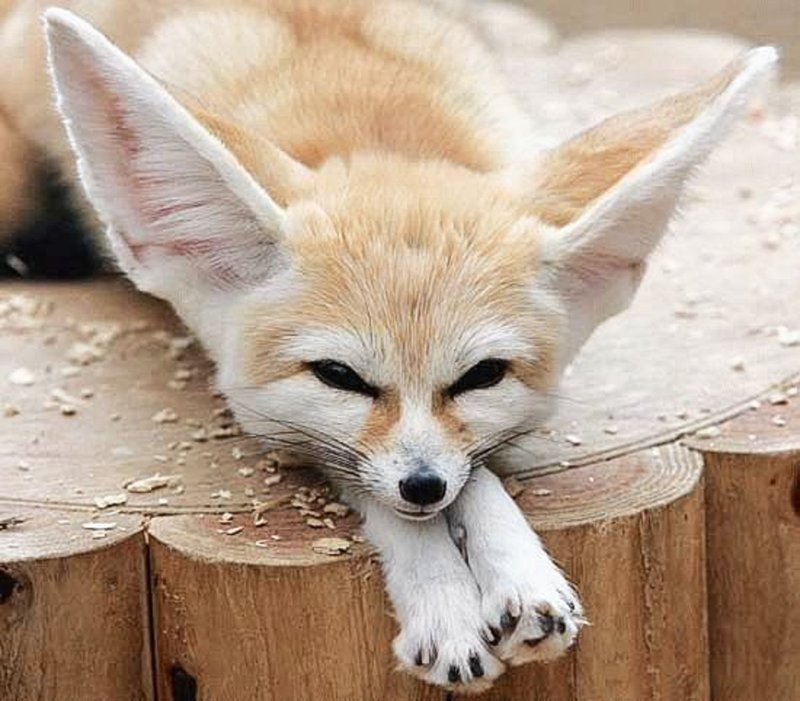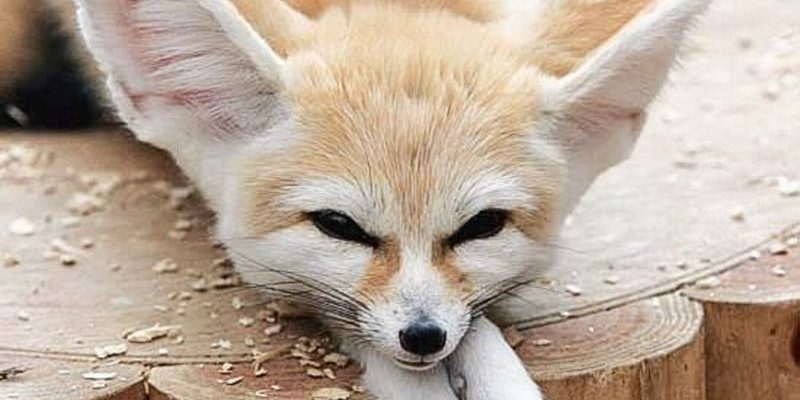
So, how exactly do fennec foxes manage the whole parenting gig? Let’s dive into their world. We’ll explore their nesting habits, how they feed and protect their kits, and how they teach them everything they need to know in the wild. You might be surprised to discover that these little foxes have a social structure and family dynamics that could rival any soap opera!
Nesting Habits of Fennec Foxes
Fennec foxes typically dig elaborate burrows in the sandy landscape of the Sahara. These burrows can stretch several meters deep and include multiple chambers, which serve as nurseries for their young. It’s like a cozy underground apartment complex tailored just for their little ones. The primary purpose of these burrows? Keeping the kits safe from predators and the scorching desert heat.
The burrows often have entrances hidden beneath shrubs or bushes for added protection. Once the kits are born, the mother will stay close to the nest. You might be wondering, “How do they stay safe down there?” Well, the mother and father take turns watching over the kits, constantly on alert for any dangers. This teamwork is crucial, as it allows them to provide food and care while ensuring their offspring are safe.
When the kits are a few weeks old, they start to explore outside the burrow. This exploration is vital for their development, helping them learn about their surroundings through play and interaction. Honestly, watching these little furballs venture out for the first time is like witnessing toddler milestones; it’s adorable and a bit nerve-wracking!
Feeding the Kits
Feeding is another essential aspect of how fennec foxes raise their young. The mother typically nurses her kits for about eight weeks, providing them with rich, nutritious milk. This milk is crucial for their growth and development. After this period, the kits begin to eat solid food, and that’s where both parents step in.
Fennec foxes are opportunistic feeders. Their diet consists mainly of insects, small mammals, and even fruits when available. Once the kits are old enough, the parents teach them how to hunt and find food. Picture it like a furry family cooking show—they bring food back to the burrow, demonstrating how to catch prey and share meals together. Teaching young foxes these skills is absolutely vital; it’s their ticket to survival in the wild.
What’s interesting is how the community assists in feeding the kits. Other adult fennecs may also contribute to the family’s needs, sharing the bounty of their hunts. This communal approach helps ensure that all kits are well-fed and have the energy to grow strong in their harsh environment.
Protection from Predators
In the wild, threats come from various predators looking for an easy meal. Fennec foxes are no strangers to danger, so protecting their young is a top priority. The mother fox is especially vigilant when the kits are very young. She’s always on the lookout for potential threats like snakes or larger carnivores.
When the kits venture outside the burrow, the parents keep a close watch. If they sense danger, the mother has a unique way of alerting them—using specific vocalizations and even body language to guide her kits back to safety. It’s like a secret code, honed by generations of experience.
Even as the kits grow older and start to explore more, protection remains crucial. The fennec fox packs (or family groups) often communicate with each other, creating a network of vigilance. This interconnectedness ensures that everyone knows when danger is near. You might think of it as a neighborhood watch, where everyone looks out for each other, creating a safer environment for the young.
Teaching Life Skills
As the kits grow, their parents take on the role of teachers. The desert environment is tough, and learning survival skills is essential. The parents encourage exploration and play, often going through mock hunts to prepare the kits for real challenges. They might even stage little chase games, which offer both exercise and practice.
You might be curious, “How exactly do they teach them?” Well, it involves a lot of patience and fun. The mother or father will lead the kits to different areas, showing them where to find food or how to dig for insects. This hands-on approach helps the kits learn through experience, building their confidence and skills.
Interestingly, the learning doesn’t stop after they leave the burrow. Even after the kits become independent, they continue to observe and mimic their parents. It’s a lifelong learning process, where each experience builds on the last. Their playful nature helps in this; you can almost see their little minds buzzing with curiosity.
The Role of the Father
While the mother is primarily responsible for nurturing the kits, the father has a significant role in their upbringing, too. He helps provide food and protection, ensuring the family has everything they need. His involvement is crucial, especially during the early stages of the kits’ lives.
Fathers often play with the kits, fostering their social skills and building bonds. This playful interaction is not just fun; it also teaches the young foxes about social structures and relationships within their community. You might think of it as a father-child bonding time—full of games and laughter.
Moreover, the father’s presence helps the family unit remain stable. A supportive dad makes a huge difference in how well the kits adapt to their surroundings. By seeing their father actively involved, the kits learn that teamwork and cooperation are vital for survival. It’s a beautiful reminder that parenting takes two!
Why This Matters
Understanding how fennec foxes raise their young is not just about admiring cute animals; it’s about recognizing the delicate balance of life in the wild. Their parenting methods help ensure that their young survive in an environment that’s not easy to navigate. In a way, these foxes mirror human parenting, emphasizing the importance of love, protection, and teaching.
Additionally, learning about their behaviors can inspire us to think more about conservation. As their habitats shrink and climate changes affect their environment, understanding these dynamics can help raise awareness about the need to protect them and their ecosystems.
By sharing their story, we contribute to a larger narrative about wildlife and the challenges all creatures face. Every little insight we gain about these amazing animals helps us appreciate the complexity of life on our planet.
In conclusion, fennec foxes have a unique way of raising their young that reflects the demands of their environment. Their nesting habits, feeding strategies, protective measures, and teaching methods create a well-rounded approach to parenting. So next time you think about these little desert darlings, remember the remarkable effort behind their cute faces—it’s all part of a beautiful survival story in the wild.

